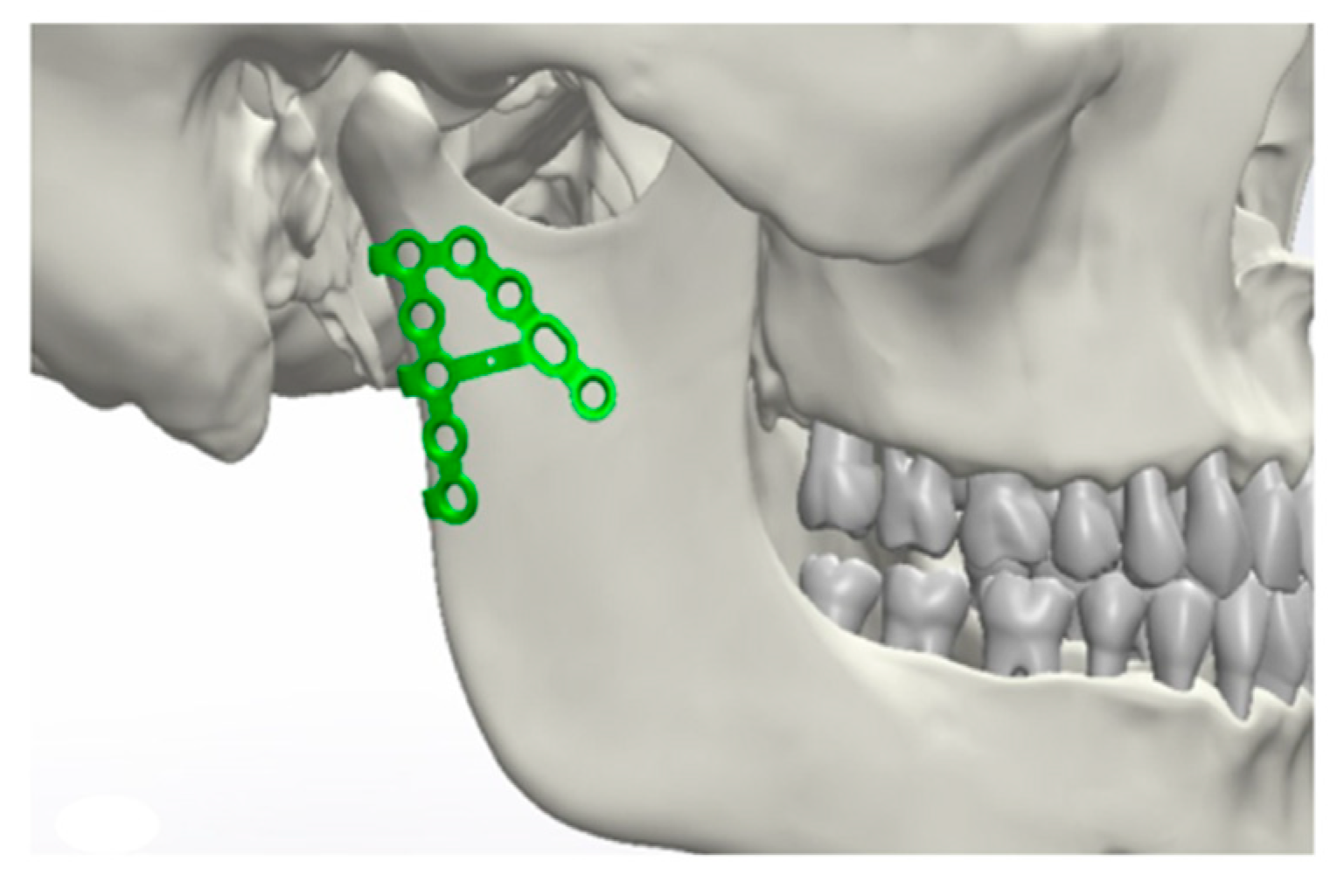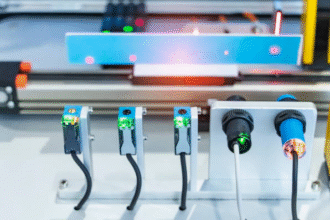Facial trauma and deformities can have a profound effect on both the physical and emotional well-being of patients. In recent years, maxillofacial surgery has undergone transformative changes, with one standout innovation being the introduction of maxillofacial locking plates. These advanced devices have significantly improved the precision, safety, and outcomes of facial reconstruction.What Are Maxillofacial Locking Plates?
Maxillofacial plates and screws are specialized surgical implants designed to stabilize broken or reconstructed bones in the facial region. Unlike traditional bone plates that rely on compressing the bone to secure screws, locking plates feature a system where the screws lock directly into the plate. This design creates a stable, fixed-angle structure that offers enhanced support and reliability.
Key Advantages Over Traditional Systems
Superior Stability
One of the hallmark benefits of locking plates is their superior stability. In traditional plate systems, loosening of screws can lead to failure of the entire construct, especially in cases involving poor bone quality. Locking plates maintain their position securely, even in challenging bone conditions like osteoporosis, ensuring consistent stabilization during healing.
Easier Application
Conventional plates require precise contouring to fit closely against the bone surface, a process that can be time-intensive and technically demanding. Locking plates reduce this requirement significantly. Because the screws lock into the plate rather than relying on friction with the bone, surgeons enjoy more flexibility, making the surgical process smoother and often shorter.
Improved Infection Control
Traditional plates can create pressure points that impede blood flow, increasing the risk of infection and bone necrosis. Locking plates, with their minimal bone contact, preserve local blood supply. This not only promotes healthier bone healing but also reduces the likelihood of post-operative complications like infections.
Expanding the Horizons of Facial Reconstruction
The mechanical and biological benefits of locking plates have expanded what’s possible in facial reconstruction. Surgeons now have greater confidence in tackling complex fractures and deformities. These plates are used in a variety of cases, including:
- Mandibular fractures
- Orbital floor reconstructions
- Midface trauma repairs
- Correction of congenital deformities
Their versatility has made them an essential tool in both trauma and corrective surgeries.
Impact on Patient Outcomes
For patients, the advantages of locking plates are tangible. Faster surgeries, reduced complication rates, and improved healing times all contribute to better overall experiences. Many patients report less post-operative discomfort and quicker returns to normal activities—critical factors in improving quality of life after surgery.
Considerations and Future Prospects
Despite their many benefits, locking plates do come with considerations. They are typically more expensive than traditional systems, and their effective use requires specific surgical training. However, as ongoing research and technological advancements continue to refine these systems, they are becoming increasingly accessible and widespread.
Conclusion
Maxillofacial locking plates have revolutionized the field of facial reconstruction, offering unmatched stability, easier surgical procedures, and improved patient outcomes. They represent a significant leap forward in maxillofacial surgery, allowing surgeons to not only restore facial form and function but also help patients regain confidence and quality of life.
With continued innovation and broader adoption, the future of facial reconstruction looks more promising than ever.
Explore the advanced and improved range of trauma implants and other healthcare products at the Florida International Medical Expo in Miami.

















